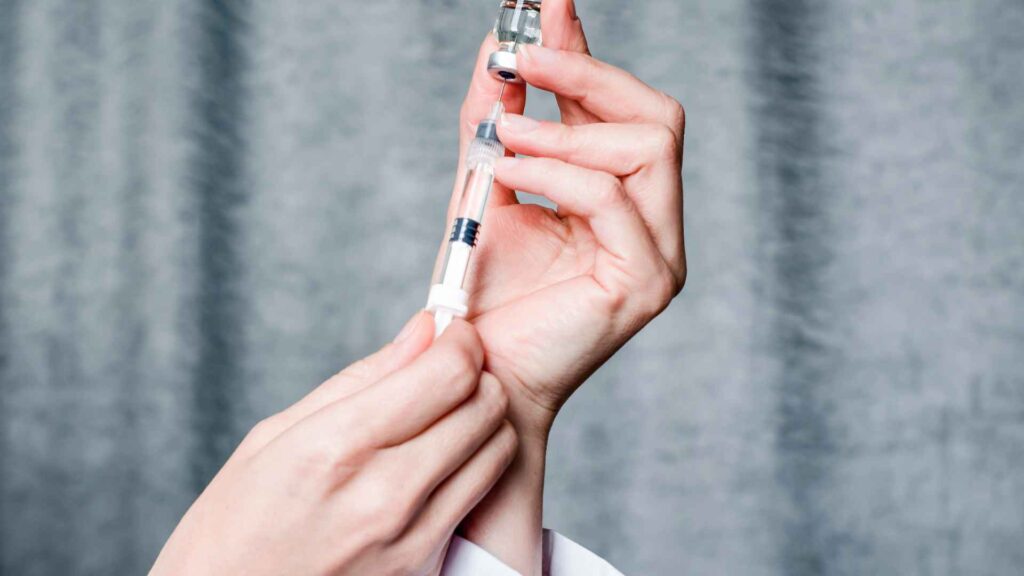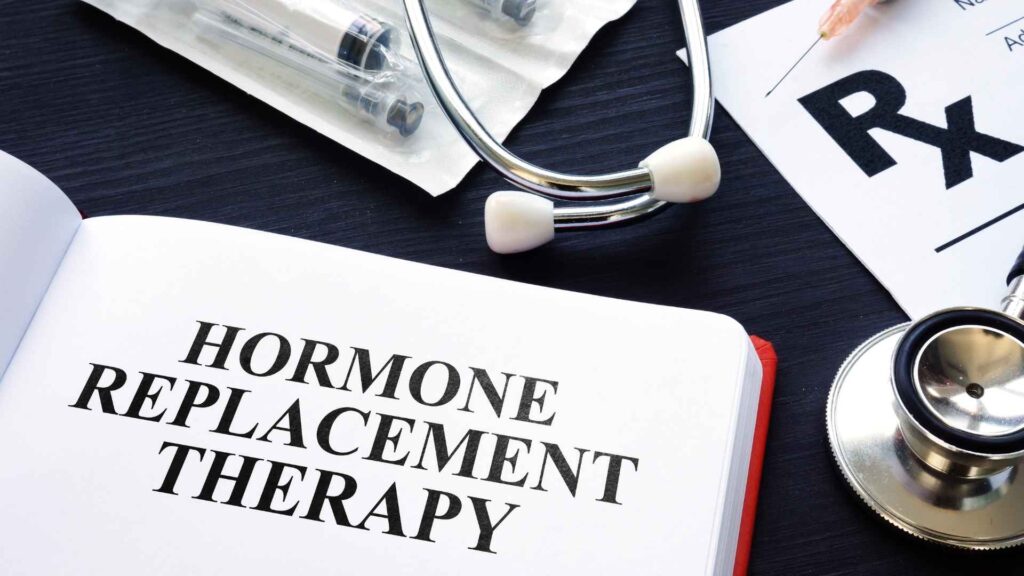Discover comprehensive information for all aspects of sexual health and find resources and guidance to empower your sexual well-being.
Painful erections never indicate normalcy, and sometimes signal a medical emergency. Severe pain may necessitate…
Discover comprehensive information for all aspects of sexual health and find resources and guidance to empower your sexual well-being.
Painful erections never indicate normalcy, and sometimes signal a medical emergency. Severe pain may necessitate…
Erectile dysfunction (ED) is a common condition that affects millions of men worldwide, causing distress…
The underlying cause as well as the severity of pain determine the varied treatment approaches…
Feeling nervous about sexual performance, known as Sexual Performance Anxiety (SPA), is pretty common. But…
Achieving and maintaining a strong penile erection is a common concern for many men. It…
Erectile dysfunction (ED) means having trouble getting or keeping an erection that’s good enough for…
Mindfulness, defined as paying attention to present-moment experiences with an open and non-judgmental attitude, has…
Erectile dysfunction (ED) means having trouble getting or keeping an erection that’s good enough for sex, and it’s a common issue for men of all ages. It can affect the lives of both the person experiencing it and their partner.
This article will explain different ways to treat ED, based on recent research.
Table of Contents
ToggleOral phosphodiesterase 5 inhibitors (PDE5I) are the first-line treatment for erectile dysfunction. The FDA has approved four PDE5I drugs: sildenafil, tadalafil, vardenafil, and avanafil.
PDE5Is treat ED by enhancing the erectile response.

Injecting vasoactive drugs like papaverine and prostaglandin E1 directly into the penis is a major advancement in treating erectile dysfunction. This method, known as intracavernosal injection (ICI), delivers medication right where it’s needed, making it highly effective for ED treatment.
Doctors tailor treatment plans to fit each patient’s unique situation and needs. By combining different drugs and adjusting injection doses, doctors can enhance treatment outcomes and minimize side effects.
However, the use of ICI has declined with the introduction of oral medications like PDE5 inhibitors. This is because ICI has a high rate of discontinuation and is associated with complications such as prolonged erections (priapism), bruising, bleeding under the skin (ecchymoses), blood clots (hematoma), and scarring of penile tissue (penile fibrosis).
Currently, doctors primarily use ICI alongside Doppler ultrasound to diagnose ED and assess penile blood flow.
Androgen, a hormone mainly produced by the testes, plays a crucial role in shaping the growth of the penis and triggering male secondary sexual characteristics. When there’s a shortage of androgen, it can lead to various health issues that affect sexual function and overall well-being.

In medical settings, doctors can use androgen replacement therapy to bring testosterone levels back to normal in patients with low testosterone levels, a condition known as hypogonadism.
This therapy not only boosts sexual desire but also improves mood and reduces feelings of depression compared to those not receiving treatment.
Moreover, combining androgen replacement therapy with medications like PDE5 inhibitors proves effective in treating ED. Even after stopping the treatment, patients can maintain good erectile function.
A vacuum erection device (VED) is a mechanical tool that men with erectile dysfunction can use to help themselves.
It works by creating a vacuum, or suction, around the penis, which draws blood into the erectile tissues, promoting an erection. At the base of the penis, there’s a small ring that helps maintain the erection by keeping the blood trapped inside.
While VEDs are typically considered a second-line treatment for ED, they might be a better option for certain men. For instance, those who don’t respond well to medications like PDE5 inhibitors or who need rehabilitation for their penis might benefit from using a VED as a first-line treatment.
Penile prosthesis implantation (PPI) is a treatment option for ED that’s typically considered when other methods like oral medications, injections, or vacuum devices don’t work.
It involves surgically placing a device inside the penis to help achieve and maintain an erection. The most common type is the 3-piece inflatable prosthesis, which allows manual adjustment of the penis’s size, hardness, and length to mimic a natural erection.
However, PPI is usually seen as a last resort due to its potential drawbacks. It can cause permanent damage to the erectile tissues and comes with risks like infection, displacement of the device, spontaneous inflation, and the need for additional surgeries. Plus, it’s expensive and involves a surgical procedure, making it less preferable compared to other treatments.
Low-intensity extracorporeal shock wave (Li-ESW) therapy is a non-invasive treatment for erectile dysfunction. It involves using sound waves with low energy levels to target specific tissues in the penis. This therapy shows promise in treating ED that hasn’t responded well to other treatments.
Li-ESW works by potentially improving the function of the inner lining of blood vessels in the penis (endothelium) and increasing blood flow to the erectile tissues. However, the exact way it works isn’t fully understood yet, so more research is needed to explore its mechanisms further.

Stem cells have the remarkable ability to transform into various types of cells when exposed to complex external conditions and specific signaling molecules called cytokines.
Although numerous animal experiments have shown the potential of stem cell therapy in treating ED, researchers have conducted relatively few clinical trials on humans. However, the limited clinical studies conducted so far indicate that stem cell therapy is both safe and effective for ED.
Despite the promising results from animal research and early clinical studies, researchers believe that further large-scale clinical trials are necessary before stem cell therapy can be widely used as a treatment for ED in clinical settings.
Erectile dysfunction is recognized as a complex issue with social, psychological, and physiological factors. Various treatments exist, with drug therapy being the most common due to their safety and effectiveness. However, other options like injections, hormonal therapy, vacuum devices, or penile implants are available for those who don’t respond well to oral medication or have organic causes for their ED. Emerging technologies such as low-intensity shock wave therapy and stem cell injections show promise in repairing tissue damage and could shape future treatments for erectile dysfunction.
Reference: Wang, C.-M., Wu, B.-R., Xiang, P., Xiao, J., & Hu, X.-C. (2023, February 13). Management of male erectile dysfunction: From the past to the future. Frontiers. https://doi.org/10.3389%2Ffendo.2023.1148834
Dr. Nishtha, a medical doctor holding both an MBBS and an MD in Biochemistry, possesses a profound passion for nutrition and wellness. Her personal journey, marked by significant struggles with physical and mental health, has endowed her with a unique empathy and insight into the challenges countless individuals face. Driven by her own experiences, she leverages her background to offer practical, evidence-backed guidance, empowering others on their paths to achieving holistic well-being. Dr. Nishtha truly believes in the interconnectedness of the mind and body. She emphasizes the significance of understanding this connection as a crucial stride toward attaining balance and happiness in life.

